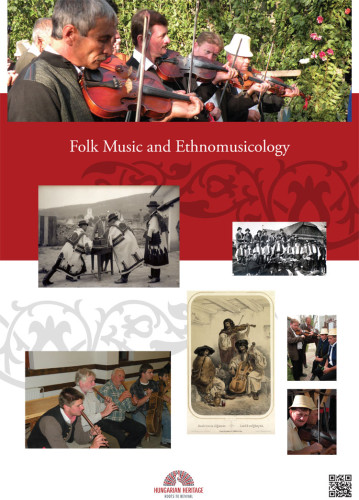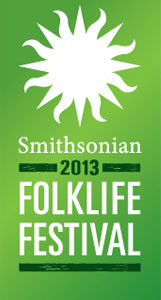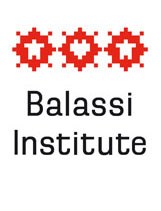 The folk music of Hungary is one of the country’s most important expressions of national identity. Hungary’s geographic location, together with a cultural heritage that bears influences from central Asia to western Europe, has long supported diverse and lively musical traditions.
The folk music of Hungary is one of the country’s most important expressions of national identity. Hungary’s geographic location, together with a cultural heritage that bears influences from central Asia to western Europe, has long supported diverse and lively musical traditions.
The documentation and scholarly analysis of Hungarian folk music began in the late nineteenth century and achieved spectacular results, thanks to the efforts of composers Béla Bartók (1881-1945) and Zoltán Kodály (1882-1967). They not only established scientific methods for collecting and interpreting Hungary’s folk music traditions; they also composed and disseminated folk songs. Their goal, as Kodály wrote in 1906, was to recognize “the basic layer of our folk music, the rock upon which a culture can be built.” Today the repertoire of recorded folk tunes numbers some 300,000.
In recent decades, there has been a surge of interest in folk music. The proliferation of dance houses (táncházak) in urban areas is helping to ensure the survival of traditional melodies and to maintain the vitality of folk dance and music.
Related pages:
- The History of Hungarian Folk Music Research
- Historical Layers of Hungarian Folk Music
- Folk Musical Instruments
- Folk Musical Ensembles
- Systems and Collections of Hungarian Folk Music
- Folk Dance Traditions of the Carpathian Basin
- Dance Traditions of the Hungarians
- Historical Layers of Hungarian Folk Dances
- The Táncház Method
- Hungarian Táncház in North America






